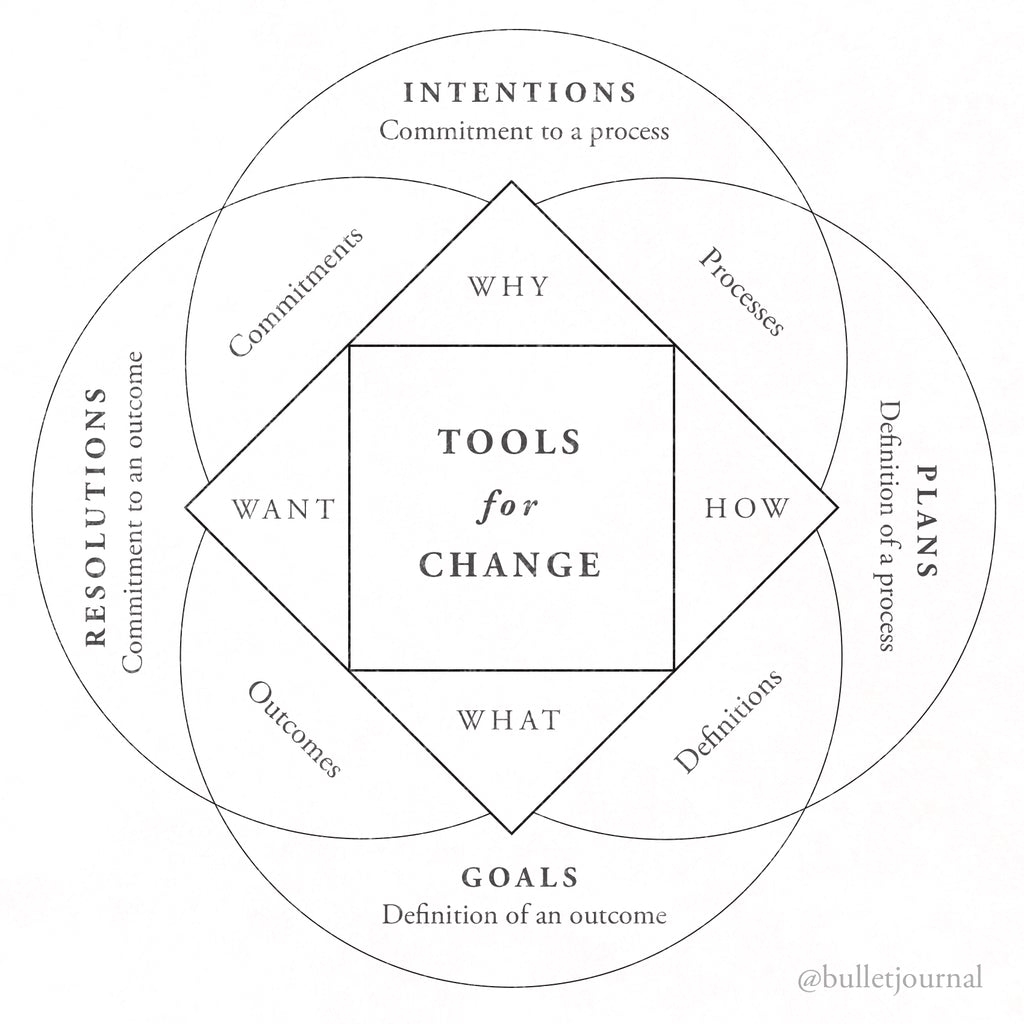Project Plan
Vision is the bottleneck of talent. Most talent is wasted because people do not clearly know what they want. It’s not a lack of effort but a lack of direction. There are many capable people in the world, but relatively few that focus on what matters. ~James Clear, Author of Atomic Habits
Create your project plan as a google doc, google slides, or pdf. It's up to you.
Your file name or header should contain the words "YourName Project Plan."
Add to your end of semester deliverables.
Add to your process website.
If you are working as a team, you should work on the proposal together. Make sure it has both of your names on it. You will each need to submit the same exact proposal.

Just Start! Think Progress/Iteration Over Perfection!
Take Action! Make Decisions!
When you come to a fork in the road, make another decision!
The Road Will Reveal Itself. Take A Step And Trust The Process
Constantly iterate your project plan over the course of the semester.
It may grow and/or shrink over the course of the semester. Don't worry about "getting it right." The creative process is messy.
For your project plan, you will be building upon your project plan outline: Why + What + How and adding Who (Your Audience).
Last updated
